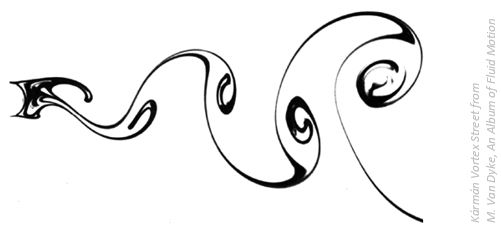This was a difficult term for me for several reasons–a strange combination of fulfillment and frustration. On the one hand I was never short of ideas and angles–on the other, I consistently had trouble addressing issues of form, program, and overall “big idea,” a futuristic parti that strove to redefine exactly what a skyscraper could conceivably achieve in the right conditions. Like others in the class, I struggled with being too grounded and too realistic, when I should have been letting my inner-idealist out. Instead, I let myself become bogged-down by the small component parts of the building instead of working on a coherent whole until much too late in the game.
For reasons both related and unrelated to my particular tendencies as a student in this studio, I ended up producing a presentation that I agreed was visibly weaker than my peers, though conceptually around the same level. Though I settled far too late on a “main idea” or social focal-point my building was meant to address, I eventually came to realize a greater vision for my scheme–not only would my design literally and physically bridge two spatial objects–it would also metaphorically suggest a bridging of different perceptions of time. Past and future, new and old would be refined into spatial and experiential modes. The building would set as its goal a shift in our perception of time–with the goal of fostering a more forward-thinking worldview, one of “the long-now” as it is referred to by prominent futurists.
How would the building do this?
-By using greener alternatives to concrete in the superstructure that have a gentler life-cycle impact
-By incorporating direct and indirect imagery from the evolutionary Tree of Life, geologic processes and formations
-By incorporating a time-capsule and clock within the atrium designed to last 1,000 years
-By composing a high-tech responsive skin that visibly and reacts changes throughout the course of the day, within a framework, and that responds to sun and wind
-By heating and cooling the interior in innovative ways, such as heated water circulating in the floor plates and climate-controlled vents from the responsive skin
-By providing each space and program ample access to air, light, and views
-By gradually becoming a net-positive building as it ages, eventually generating enough power for itself by creating a “wind corridor” between the two principle structures. Wind passing between these shapes on the upper stories would power minimized turbines mounted on the facade, in concert with solar cells on the facade.
Though I think these ideas put my overall scheme on the same level as most other students in the class, since many of these were not adequately visually presented, my reviewers sometimes just didn’t “get it.” Also, the passage of time and the concept of influencing the perception of time and attitude towards the future was difficult to illustrate. However, with the revised poster I have attached, I believe these concepts are much better realized in more depth.
Overall I would say I could have made a much better use of the class period than I did, and it’s time I made a new contract with myself and my work–this contract would mean truly investing myself in this program, not letting personal issues and whatever drama is going on at home affect my work quality as much, becoming better at time-management, and setting my own deadlines that are outside the official ones, in order to produce a better and more consistent workflow and pin-ups I can really be proud of. I feel like I would have had a much better time if someone had pushed me, or I had pushed myself, to settle on one idea or vision earlier instead of going through one after the other after the other. The volume of time I spent on ideas I eventually never ended up using was far greater this term, and if I had been able to use that time to focus on one more consistent plan earlier on in the term, I think I would have had a much less stressful experience.
